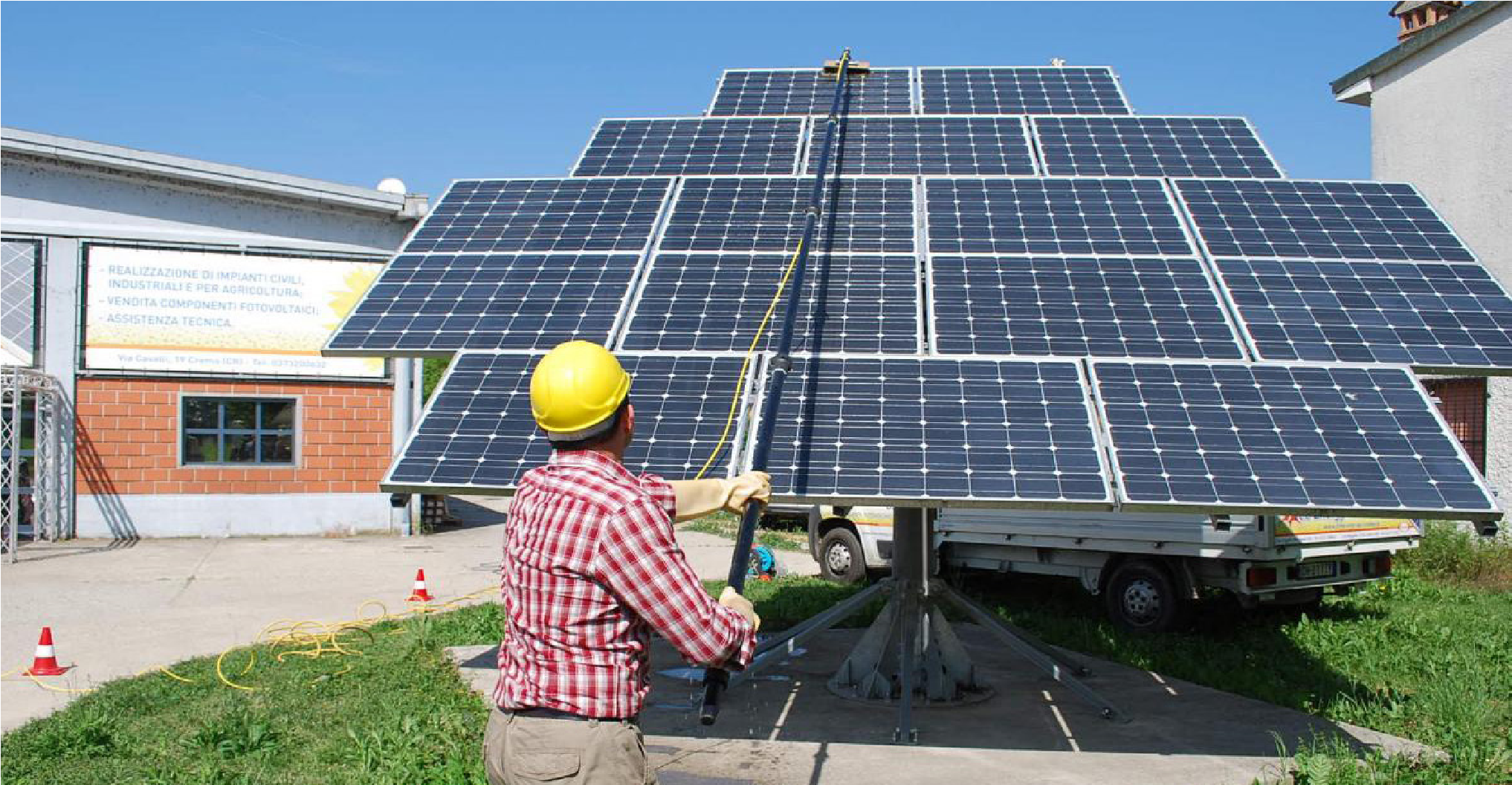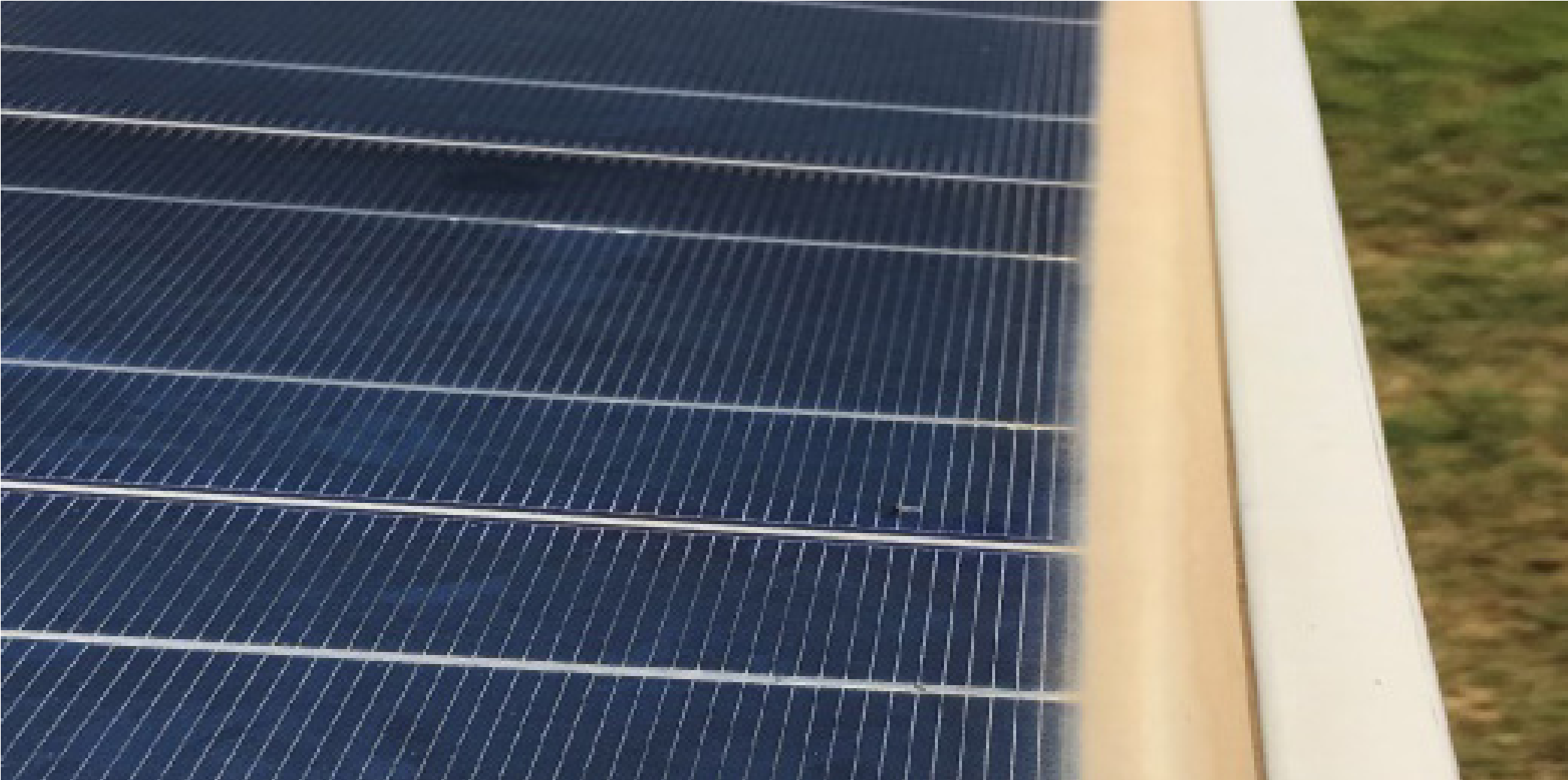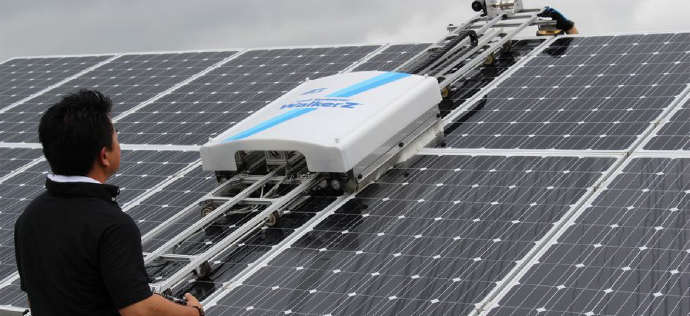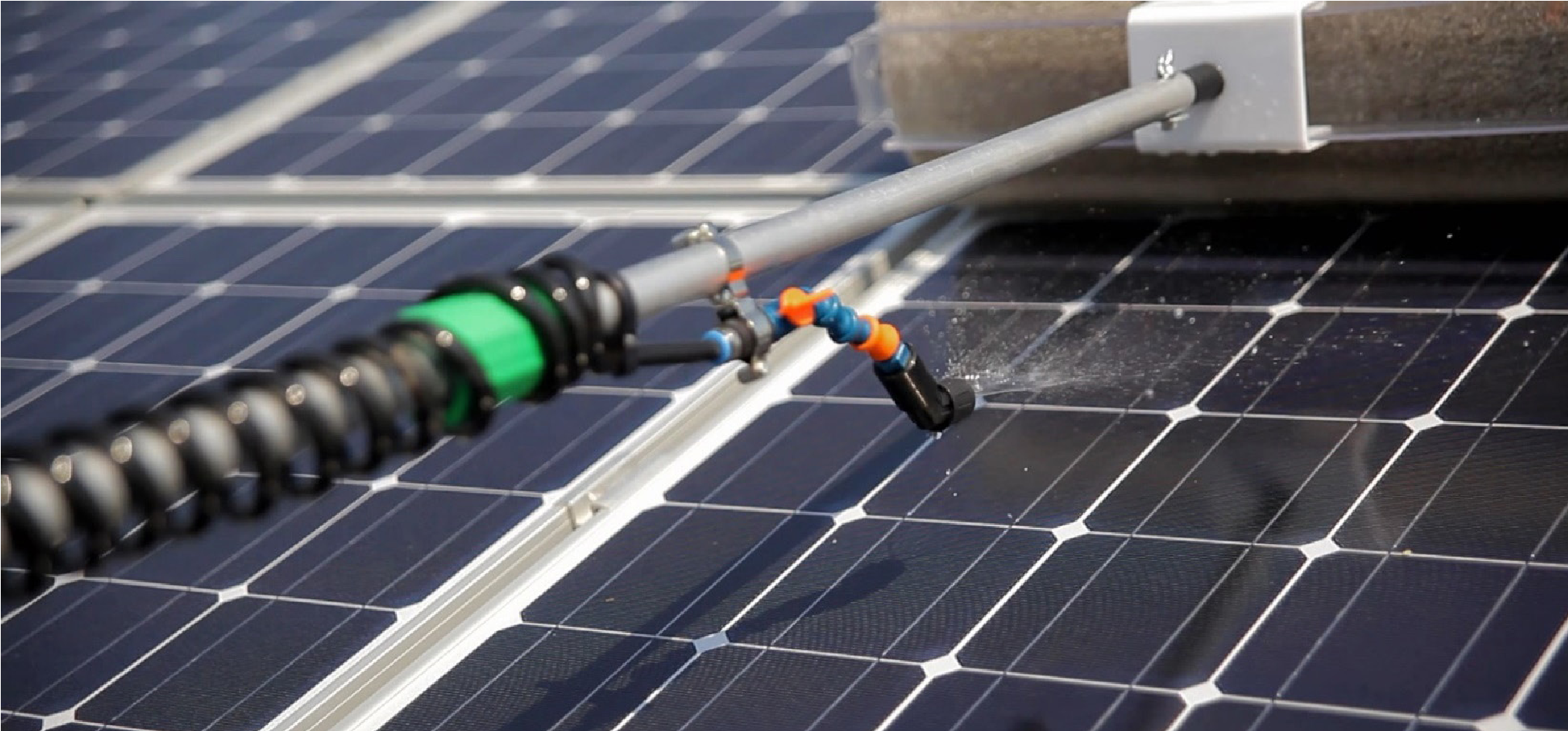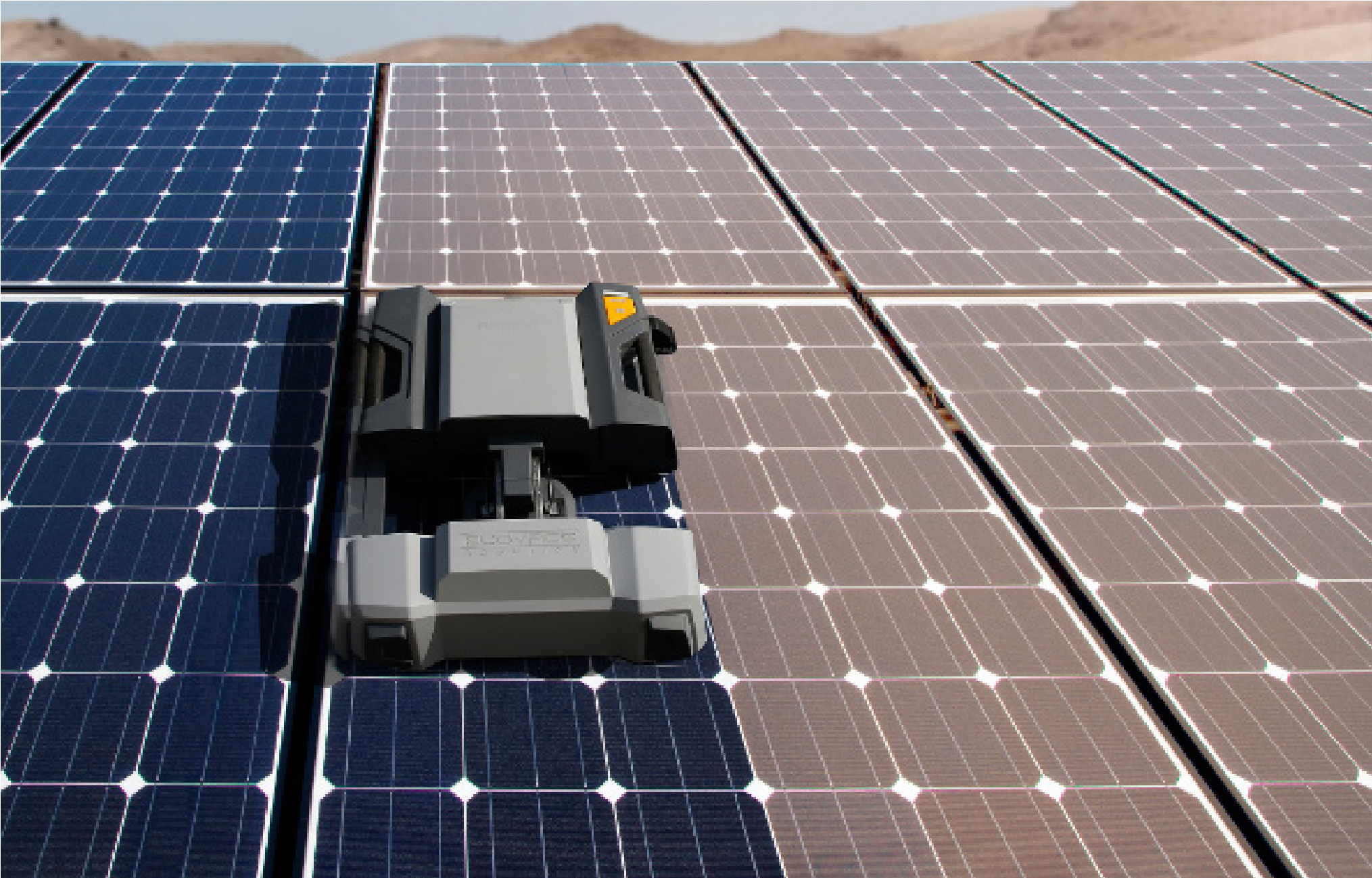PV Maintenance & Troubleshooting
BASIC LEVEL
Methods and Techniques for Cleaning PV Modules
Method A: Wet Cleaning
In this method of cleaning, water is used to eliminate dirt from the surface of the solar PV module. The cleaning process can either be manual or
automated. Manual cleaning is done by using a soft cloth, brush, detergent (non-abrasive) and clean water.
NOTE:
Before Cleaning
-
Do not clean damaged panels. This can result in an electric shock. Thoroughly inspect the panels for any crack, damage, and loose connections.
-
Cleaning Time: Low light conditions when production is lowest (Before 7:30 A.M. and after 6:00 P.M.) The best time to clean modules is from dusk to dawn when the plant is not in operation and risk of electric shock hazard is minimum.
Water Quality
-
Preferable quality for cleaning the modules is de-ionized water. If de-ionized water is not available, rainwater or tap water can be used. Water from a domestic reverse osmosis (RO) plant may be used.
-
The water must be free from sand and physical contaminants that could damage the module surface.
-
Tap water must be of low mineral content with total hardness not more than 200 ppm.
Cleaning agent
-
A mild, non-abrasive, non-caustic detergent with de-ionized water may be used.
-
Abrasive cleaners or de-greasers should not be used.
-
Acid or alkali detergent must not be used.
NOTE:
During Cleaning
-
Ensure water used is free from dirt and physical contaminants. (De-ionized water is preferable). Water with mineral content more than 200 ppm should NOT be used. Cleaning agent must be mild, non-caustic and non-abrasive detergent may be used
-
Do not brush or clean on the reverse side of the modules to avoid damage to the lead wires or the junction box.
-
For removing stubborn marks of bird droppings, insects, dirt etc. make use of a soft sponge, fiber cloth or non-abrasive brush.
-
Do not sit, stand or step on the modules for cleaning.
-
Do not use a metal brush to clean solar panel surface.
Stubborn marks
-
To remove dogged dirt such as grit, birds dropping, dead insects, tar etc., use a soft sponge, fiber cloth or non-abrasive brush.
-
Rinse the module immediately with plenty of water.
Drying
-
Modules should be dried after rinsing using a soft sponge or rubber wiper with a plastic frame on an extension pole.
-
Wipe the module surface from top to bottom to remove any residual water from the module.
Water pressure
-
Use of high pressure pipes for cleaning may exert excess pressure and damage the modules.
-
Water pressure should not exceed 35 bar at the nozzle.
Water temperature
-
The temperature of water used for cleaning should be same as the ambient temperature at the time of cleaning.
-
Cleaning should be carried out when the modules are cool, in order to avoid thermal shock which can potentially cause cracks on the modules.
NOTE:
After Cleaning
-
Check for any dirt accumulation at the edges of modules as figure below.
-
Do not use corrosive chemicals or steam to speed up cleaning.
Method B: Dry or Brush Cleaning
If excessive soiling is present, then a brush, sponge or a cloth may be used. This could however lead to scratches on the module and must therefore be performed cautiously. Dirt must not be rubbed
vigorously or scraped, which can result in scratches on the surface of the PV module. The obvious advantage is that dry cleaning can save water requirements.
Water Requirements for a PV System
Water scarcity in India is a pertinent problem. There are many regions in some where, water is scarce. The water estimated is requirement for O&M in normal case
lies between 7,000 to 20,000 liters per MW, per wash which varies with the scale and location of the plant.
Rain Water Harvesting
In this technique rainwater is collected from the
roof of a building and stored in a tank and then
filtered by using a simple filtration technique,
that can be used for cleaning of PV modules. In
this way you can store water and can reduce the
additional cost of water.
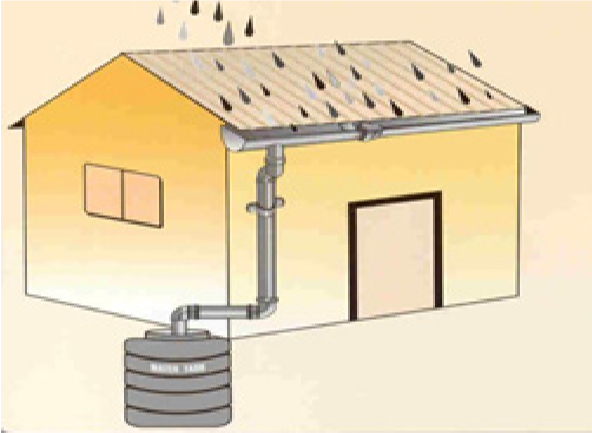
NOTE:
Rainwater falling on panels can be saved in a tank and then used for cleaning. This will minimize the cost of cleaning PV modules. A filter must be used to clean the stored water as the rainwater contains sand and other contaminating agents that may affect the PV modules.
ADVANCED LEVEL
Methods and Techniques for Cleaning PV Modules
Method A: Wet Cleaning
Automated cleaning is done using robotic systems and motorized cleaning tools which is an effective method for large power plants.
However, such cleaning systems increase the overall system costs. The figures show automatic wet cleaning robotic method and automated method.
